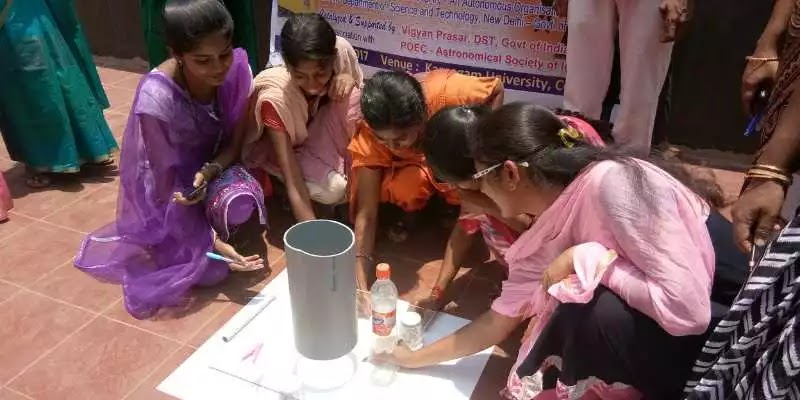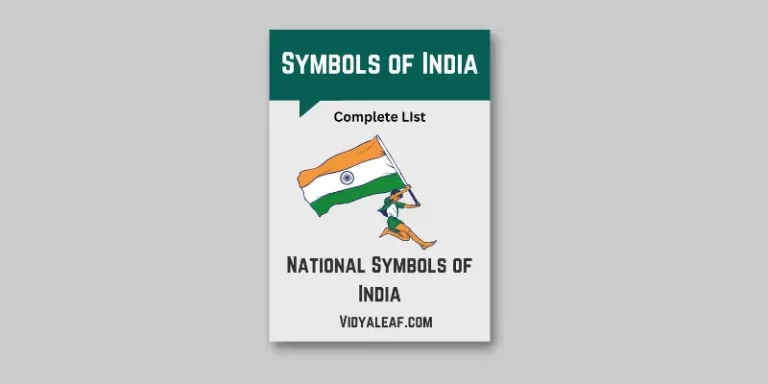A Zero Shadow day is a day on which the sun will be exactly at the top position. It is the day when the sun doesn’t cast a shadow of an object at noon. Zero shadow day happens twice a year. It takes place twice a year, for locations between +23.5 and -23.5 degrees latitude, ( between the tropics of Capricorn and Cancer ).
Zero Shadow Day
The Zero shadow day falls during the Uttarayan when the sun moves northwards and Dakshiyan when the sun moves southwards. The dates for Zero shadow day vary for different locations on Earth. This situation occurs when the Sun’s declination becomes equal to the latitude of the location.
On the Zero shadow day, when the sun crosses the local summit, the sun’s rays will fall exactly vertical relative to an object on the ground. That’s the result one cannot observe any shadow of that object. The Zero shadow day is observed in all parts of the state on different dates and times. This phenomenon can only be observed between Kanyakumari to central India below the line of Tropic of Cancer which passes through eight states- Odisha, Rajasthan, Gujrat, Madhya Pradesh, Chattisgarh, Jharkhand, West Bengal, Tripura.
The residents of Bhubaneswar can observe it at 11:43 am on May 21 and 11:53 am on July 22. It can be visible at Cuttack around the same time on May 22 and July 22. It will be seen at Burla around 11:52 am on May 28. On May 23 at 11:54 am, it can be seen at Balangir, at 11:41 am on May 31 in Baripada. It can be seen at Rourkela on June 2 at 11:58 am.



